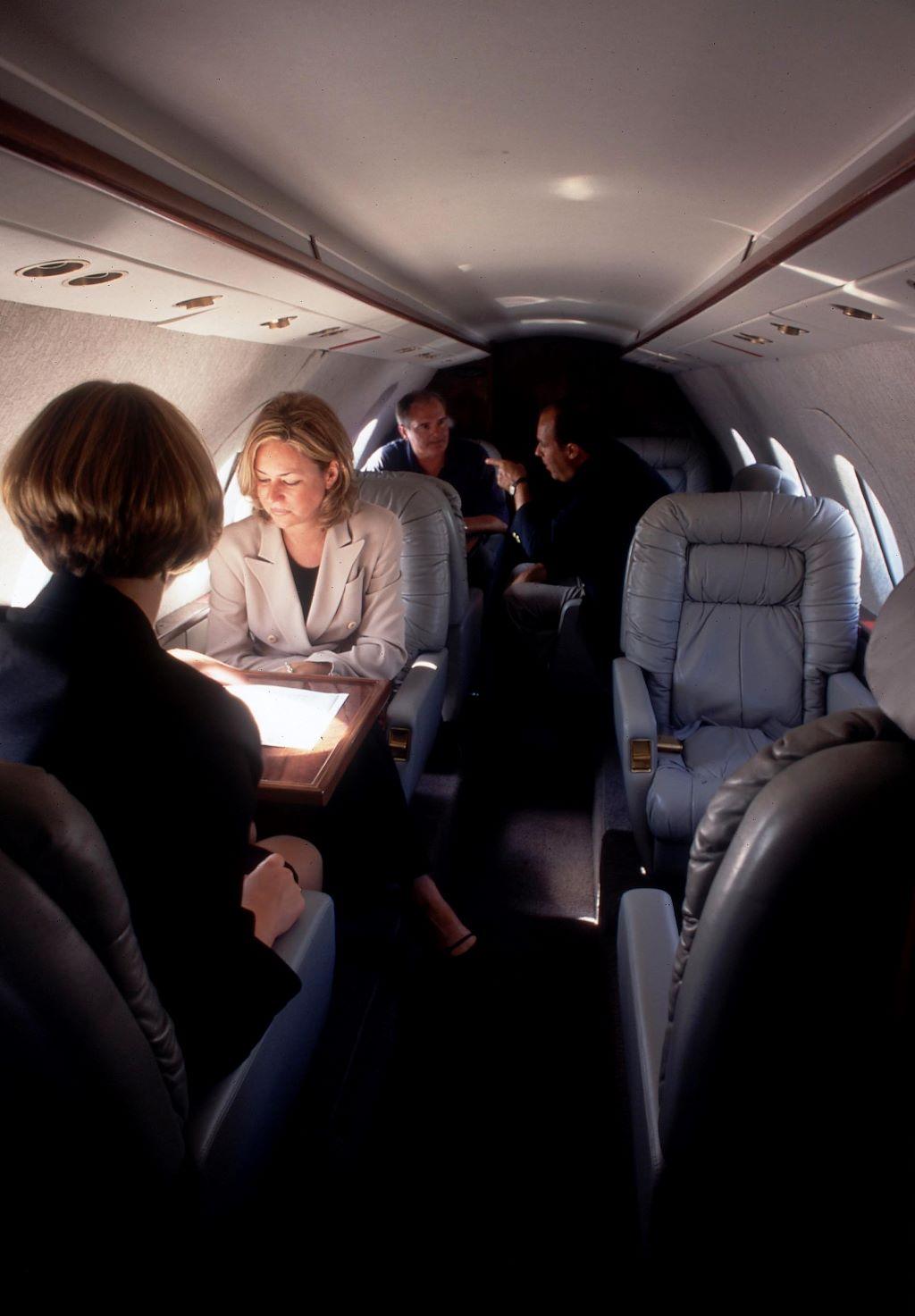Opinion: Charter Growth Dips Amid Parts Shortages

Signs of a softening in the growth of business aviation activity looks to be a sign of factors other than slowing demand.
2021 was a banner year for the business aviation industry.
Post-pandemic “revenge travel” has resulted in skyrocketing charter hours, charter prices and jet card sales, and an extremely tight supply of used and new aircraft for sale, driving up business jet values.
As airlines face capacity issues and cascading flight delays and cancellations, travelers continue to flock to private aviation.
However, private aviation isn’t immune to the same constraints airlines face, and the unprecedented growth in flight activity is tapping the brakes as operators scramble to keep aircraft flying at high utilization rates.
Aviation data provider, WingX, recently reported declines in charter market activity in July.
“The slight decline in traffic in the US is most obvious in the Part 135 and 91K category, with 4% fewer sectors operated in week 30 year-on-year, consistent with the last 4-week trend," it says.
The trend is more severe for the dedicated branded-charter operations, sectors down by 13% in July 2022 vs July 2021.”
While WingX’s data could indicate softening demand for charter flights, many industry executives believe a decline in activity is due to capacity constraints, not a lack of consumer demand.
Todd Weeber, chief operating officer of Magellan Jets, a leading jet card and charter broker service, has seen no decline in customer requests recently, citing year-over-year growth of more than 20% since 2021.
He believes “certain sectors of segments may be lagging but slowing flight activity is due to a lack of maintenance planning or parts inventory, not for a lack of desire to fly.”
Weeber also noted the fatiguing impacts of pilot shortages, which is also impacting an operator's ability to serve clients.
In addition, the aircraft parts supply chain was fragile prior to COVID, with certain OEMs known to keep larger inventories of spare parts than others, relying heavily on “just in time” delivery of components.
It’s believed most manufacturers reduced parts inventory levels to lower costs during the pandemic, not anticipating the increase in flight activity to come.
Coupled with the labor shortages, parts inventories and long-term supplier contracts will take time to restore.
The recent conflict in Ukraine hasn’t helped. Russia and Ukraine once supplied about 40% of U.S. titanium bars and rods. Titanium is a key material in the production of jet engines and critical parts, such as landing gear assemblies.
“Specialty metal manufacturing from Ukraine and ongoing chip shortages” are just a few of the many issues impacting the supply chain, says Andy Richards, chief operating officer of Duncan Aviation, a large aircraft repair organization.
A lack of engine components, lengthy landing gear overhauls, shipping delays and more, are all leading to longer return to service times, even for routine inspections.
Many aviation businesses, including repair shops, laid off workers during COVID or are having difficulty finding and hiring skilled A&Ps, compounding the effects of parts and material shortages. Duncan Aviation did not lay off workers during COVID, which is giving the company an advantage now.
Seasonality is also a factor.
Summer is traditionally a busy period for repair shops, so the decline in flight activity in July could indicate more aircraft entering annual inspections that are usually planned during the summer months.
The period of October to December is peak travel for most fleets, so summer is an ideal time to conduct annual inspections for operators trying to maximize availability at the end of the year.
Branded charter operators with a limited range of aircraft models may be feeling the pain more than aircraft management companies with more diverse fleets, which could also explain the dip in activity from WingX’s data.
Andy Priester, CEO of aircraft management firm Priester Aviation, has seen longer lead times for aircraft inspections, but with a diverse fleet of over 21 aircraft models, hasn’t been as affected as common-fleet operators that may feel specific OEM shortages more intensely.
“We have a front row seat and see how some OEMs are struggling more than others," he says. "As parts and maintenance availability for specific OEMs ebbs and flows, we feel we benefit by having a diverse fleet as compared to those operators with OEM-specific aircraft. I empathize with our colleagues that are challenged in these ways.”
Richards does not think the shortages will improve until mid-2024.
The major increase in flight volume began in mid-2020 and has remained high since, so OEMs have two years of sustained flight volumes to drive their supply decisions.
Manufacturers are prioritizing suppliers that are more vertically integrated, with less reliance on multiple vendors for component production.
They are also diversifying their sources of raw materials. For example, Japanese titanium manufacturers are increasing production to support manufacturers, such as Airbus and Boeing, who can no longer rely on Russia for the bulk of their needs.
In the meantime, it appears high demand for private jets is here to stay, but the costs will continue to rise as manufacturers, repair organizations, and operators compete for skilled labor.
Jessie Naor is president of GrandView Aviation, a subsidiary of AirMed International and Global Medical Response. Naor serves on the National Air Transportation Association (NATA) Board of Directors, is vice chairman of the Air Charter Safety Foundation Board of Governors and a former member of the FAA’s Duty & Rest Aviation Rulemaking Committee (ARC), as well as an NBAA Top 40 under 40. She holds an Associate’s Degree in Air Traffic Control, CCBC Catonsville, a BA in Aviation Business Administration from Embry-Riddle Aeronautical University and an MBA in Management & Finance from The Johns Hopkins University – Carey Business School.




